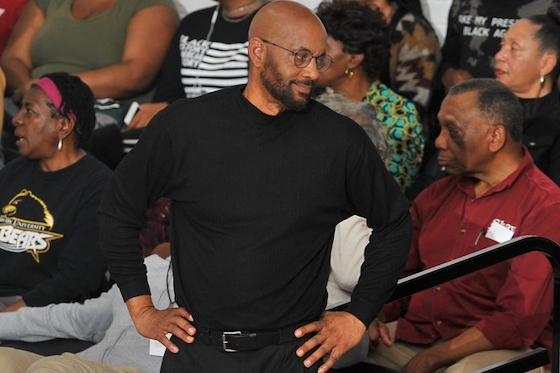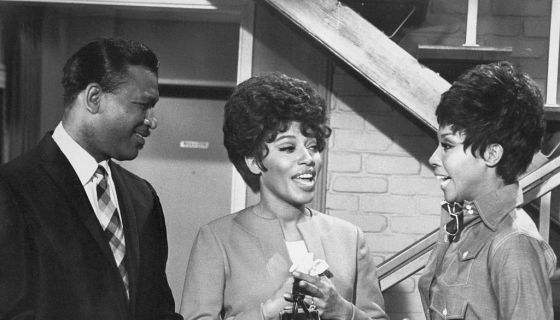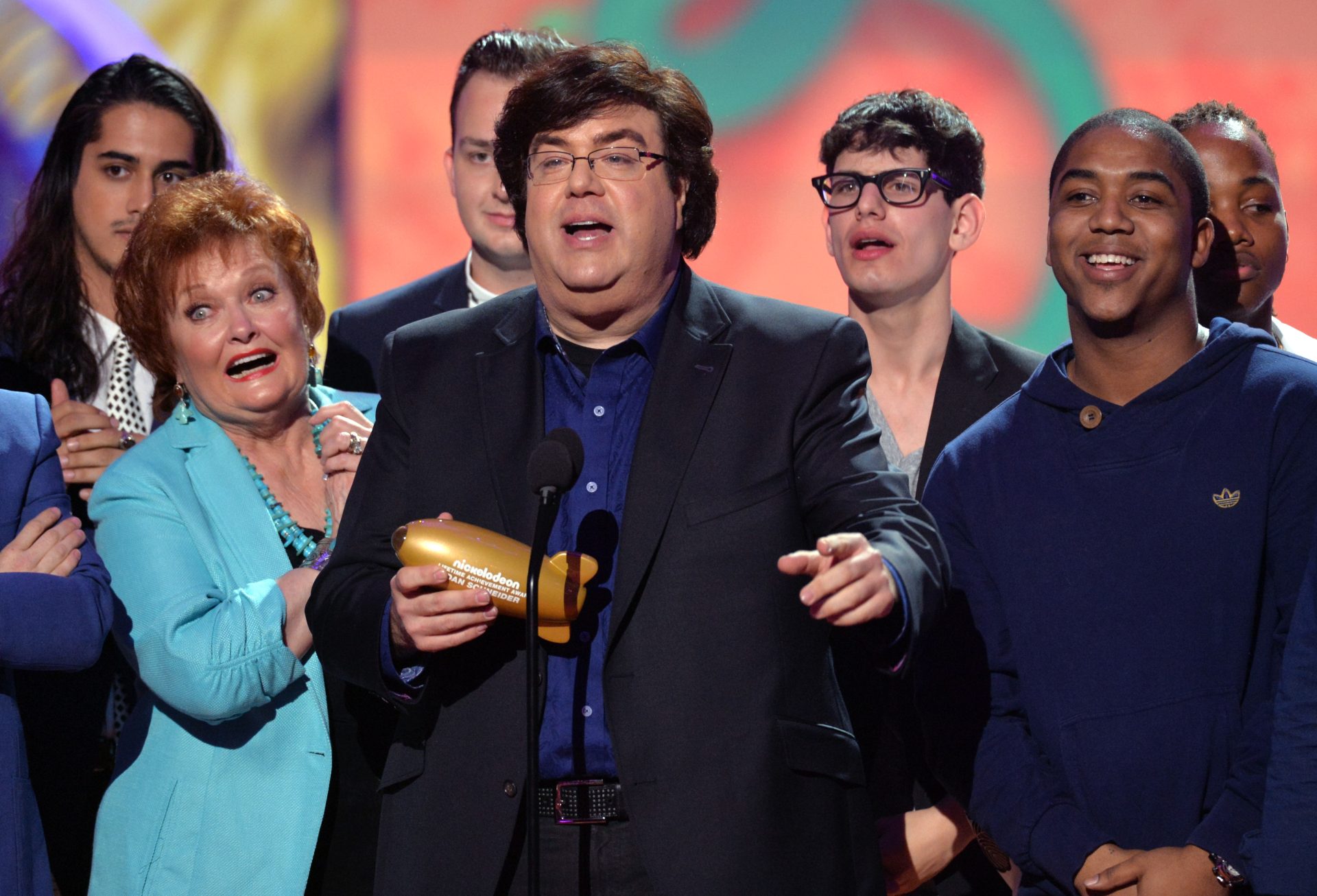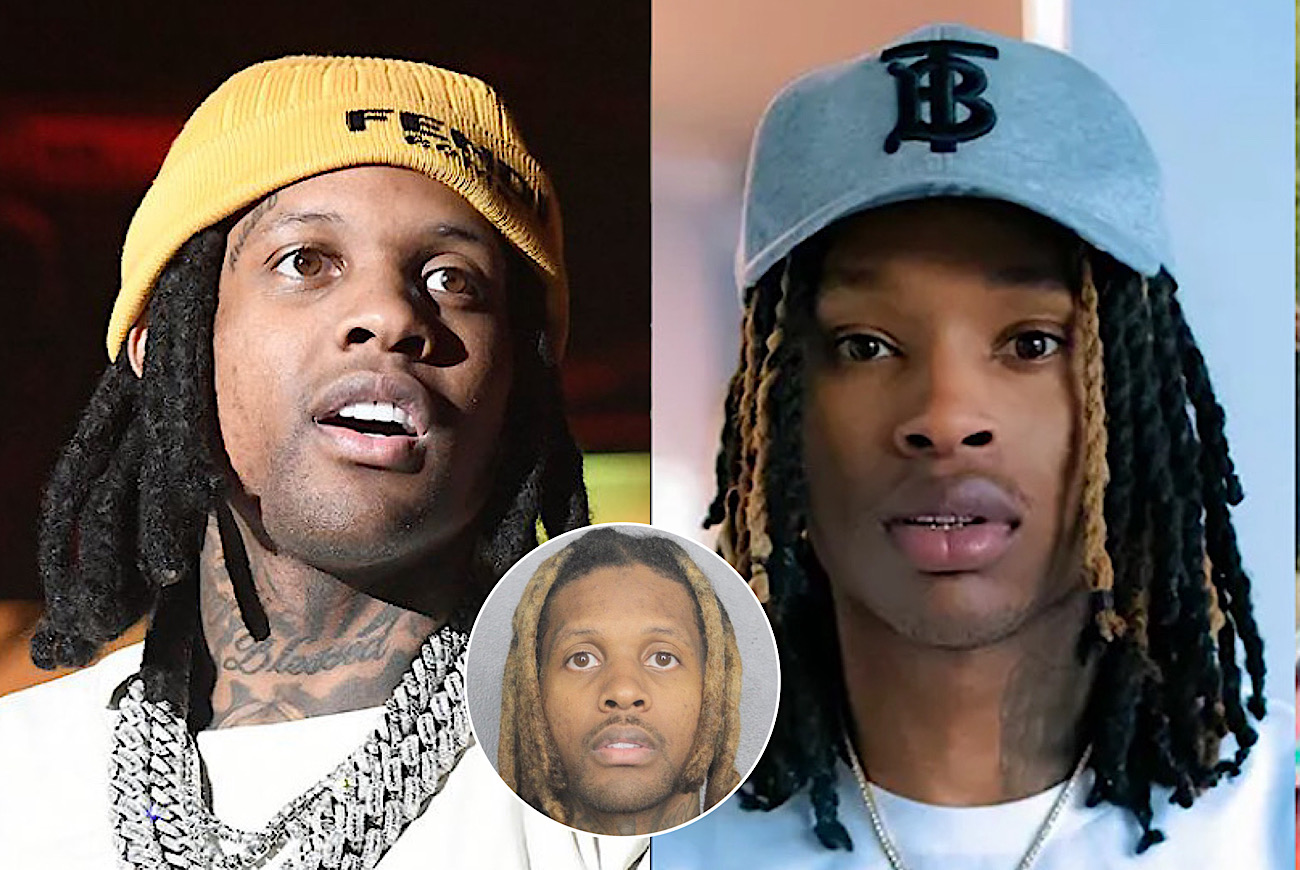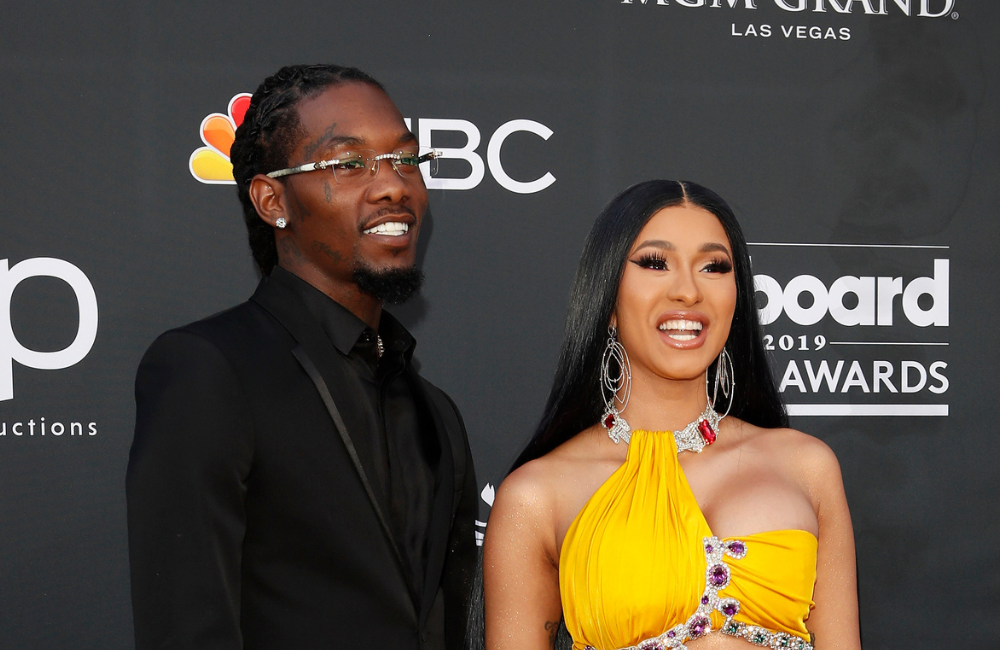The world was totally different when the NBA launched its developmental workforce, G League Ignite, in April 2020. The pandemic had simply begun, after which got here the introduction of Title, Picture, and Likeness (NIL) rights for highschool and school athletes. This threw a wrench into the NBA’s plan: persuading elite highschool prospects to develop beneath NBA workers and compete in opposition to different G League groups.
The Ignite aimed to draw prime draft prospects looking for compensation earlier than changing into draft-eligible. Whereas there have been preliminary changes, the rising stardom of Houston Rockets guard Jalen Inexperienced and Golden State Warriors ahead Jonathan Kuminga appeared to validate the idea. The NBA might probably adapt because the basketball panorama continued to evolve.
Nonetheless, with alternatives to play abroad, within the Extra time Elite league, or at a high-level prep faculty, many prime prospects opted for these routes. The Ignite program didn’t provide a major sufficient benefit.
Thus, followers had been left questioning what might have been executed otherwise when the NBA introduced the G League Ignite’s last season. Recruitment wasn’t essentially the difficulty. The problem was making certain each participant thrived. Not everybody had the identical success story as Inexperienced and Kuminga.
Think about guard Dink Pate, who signed the identical deal as 2024 second general decide Scoot Henderson: two years within the Ignite program (his senior 12 months of highschool and one 12 months post-graduation) earlier than getting into the NBA. Now, with this system ending, a highly-touted prospect like Pate (projected for the 2026 Draft) faces uncertainty. Will he pursue a 12 months of school, go abroad, or select one other path?
The NBA will reply these questions within the coming weeks because the Ignite closes its doorways. It was a fantastic concept with shortcomings in execution.
.



